Pufferfish, those peculiar oceanic creatures with their remarkable ability to transform from streamlined swimmers to balloon-like spheres, have fascinated humans for centuries. This extraordinary defense mechanism sets them apart in the animal kingdom and has earned them nicknames like blowfish and balloonfish. But what exactly triggers this dramatic inflation? The process involves complex biological mechanisms, evolutionary adaptations, and instinctual responses that have developed over millions of years. This article explores the fascinating world of pufferfish inflation, delving into the how, why, and when of this unique survival strategy that has helped these distinctive fish thrive in waters around the world.
The Basic Mechanism Behind Pufferfish Inflation
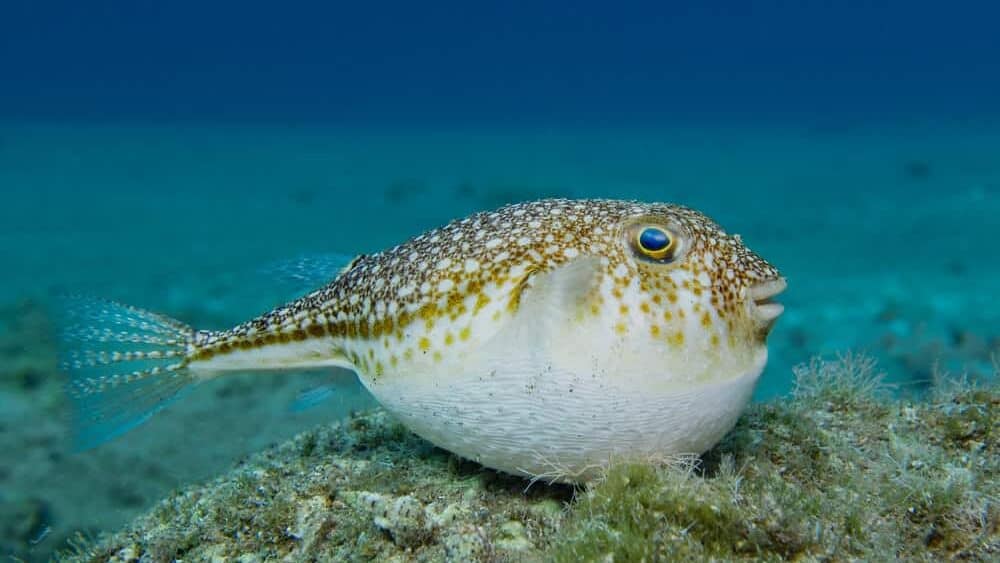
Unlike mammals that inflate their lungs with air, pufferfish have evolved a completely different approach. When threatened, these remarkable fish rapidly ingest water (or sometimes air if removed from water) into a special expandable stomach. This specialized organ can stretch to many times its normal size, transforming the fish from its typical shape into a nearly spherical form in seconds. The elastic stomach is connected to the esophagus by a valve-like structure that prevents water from escaping once ingested.
The inflation process involves several muscle groups working in concert. When the fish senses danger, it uses its oral and pharyngeal muscles to draw water quickly through its mouth while simultaneously closing its gill covers to direct the flow into the expandable stomach rather than out through the gills. This specialized anatomical arrangement allows the pufferfish to inflate rapidly—often in less than 15 seconds—providing them with an immediate defense response when confronted with potential predators.
Triggering Factors: What Causes Pufferfish to Inflate?
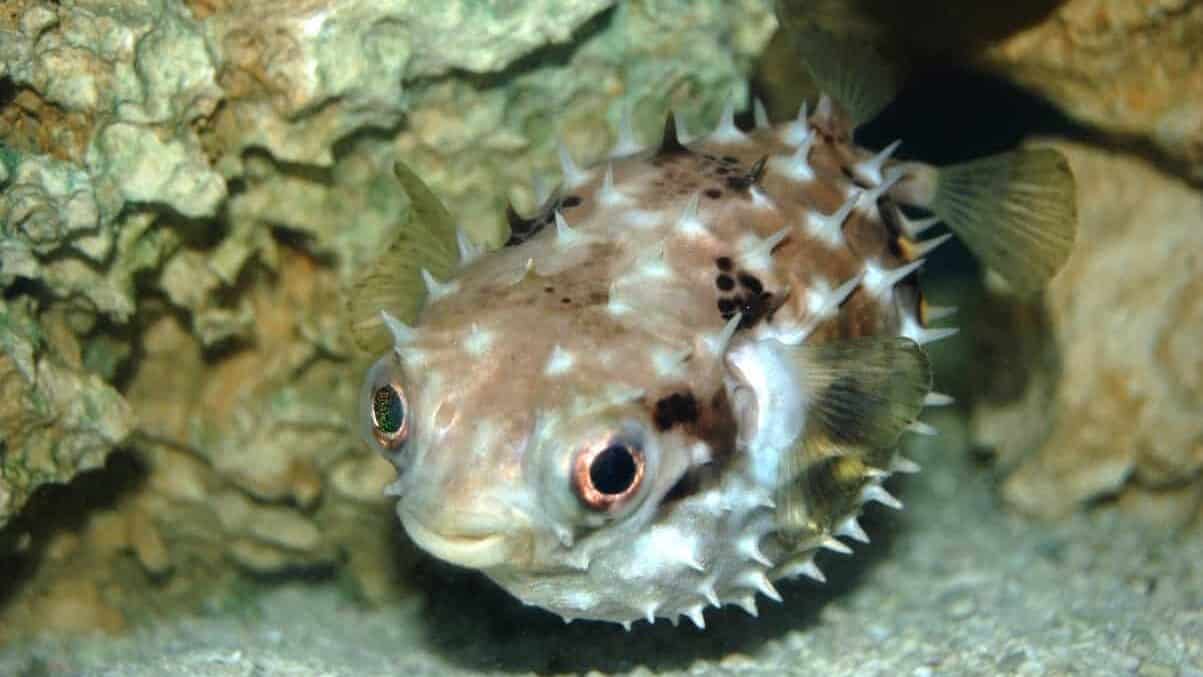
Pufferfish don’t inflate randomly or without cause—this energy-intensive defense mechanism is triggered by specific environmental stimuli that signal potential danger. The primary trigger is perceived threat from predators. When a pufferfish spots a potential predator approaching, detects sudden movements nearby, or is physically touched or grabbed, its natural instinct is to inflate. This reaction is purely defensive, as inflation makes the fish significantly more difficult to consume and signals to predators that this might not be an easy meal.
Other triggering factors include sudden environmental changes, such as rapid water movement or unexpected vibrations that might indicate nearby predator activity. In captivity, stress factors like poor water quality, overcrowding, or handling by humans can also induce inflation. Importantly, inflation is physically taxing for pufferfish and puts strain on their bodies, so they only resort to this defense mechanism when they perceive a genuine threat—it’s not something they do regularly or for trivial reasons.
The Evolutionary Advantage of Inflation
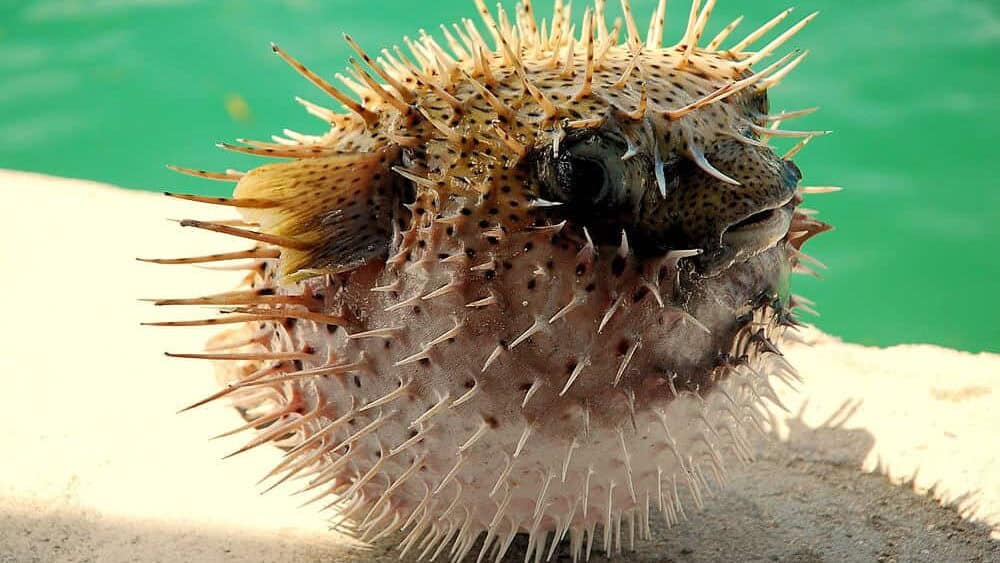
The ability to inflate has provided pufferfish with a significant evolutionary advantage in the competitive underwater world. This unique defense mechanism serves multiple purposes that enhance survival. First and most obviously, inflation dramatically increases the fish’s size, making it too large for many predators to swallow. Additionally, when inflated, most pufferfish species extend their spines (if they have them), creating a formidable, thorny exterior that can injure a predator’s mouth or digestive tract.
From an evolutionary perspective, this adaptation has allowed pufferfish to compensate for their relatively slow swimming speed and lack of other defenses. While many fish species rely on speed, schooling behavior, or camouflage to avoid predation, pufferfish have developed this alternative strategy. The effectiveness of inflation as a defense mechanism is evidenced by the pufferfish’s continued survival and diversification into approximately 150 species across the globe, despite their other vulnerabilities. This unusual adaptation represents a classic example of evolutionary problem-solving in response to environmental pressures.
Anatomical Specializations That Enable Inflation
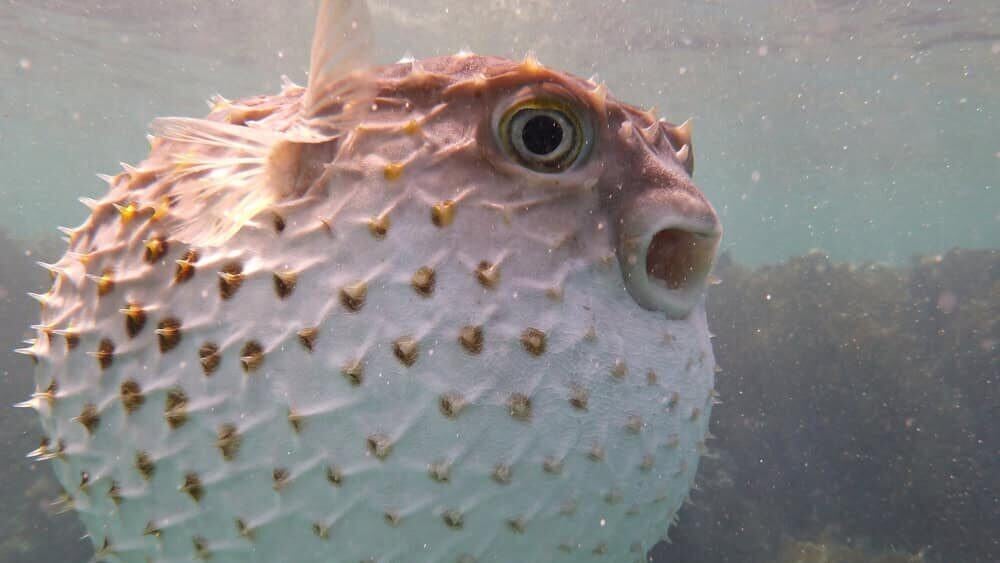
Pufferfish possess several unique anatomical features that make their remarkable inflation possible. The most notable is their highly elastic stomach, which lacks the typical ribcage constraints found in other vertebrates. This specialized stomach has evolved to expand dramatically without rupturing, thanks to its pleated internal structure that unfolds during inflation. The stomach wall contains modified collagen fibers arranged in a meshwork pattern that allows for extreme stretching while maintaining structural integrity.
Additionally, pufferfish have specialized skin that accommodates rapid expansion. Their skin contains a network of elastic fibers that stretch during inflation without tearing. The musculature around their mouth and pharynx is also modified to enable rapid water intake, featuring stronger muscles than those found in non-inflating fish species. Finally, many pufferfish species have reduced internal organs and skeletons consisting primarily of cartilage rather than bone, creating more space for the expandable stomach and reducing the weight they must manage during inflation. These adaptations collectively represent an extraordinary example of specialized evolution.
The Physiological Stress of Inflation
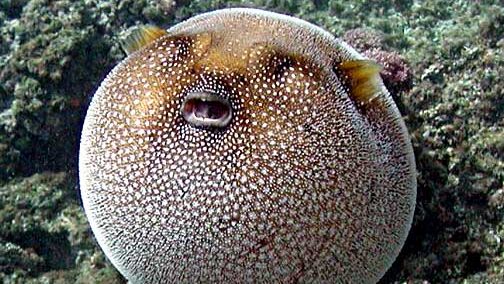
While inflation is an effective defense mechanism, it comes with significant physiological costs for the pufferfish. The process is extremely energy-intensive and places considerable stress on multiple body systems. During inflation, the fish’s heart rate increases dramatically to cope with the changed body configuration and pressure on internal organs. Blood flow patterns alter to accommodate the distended stomach, and the fish must work harder to maintain its position in the water due to increased buoyancy and altered hydrodynamics.
Studies have shown that frequent inflation can deplete a pufferfish’s energy reserves and potentially lead to exhaustion. The stretching of tissues and redirection of blood flow can temporarily reduce the efficiency of other bodily functions. For these reasons, pufferfish typically remain inflated only as long as necessary to deter the threat, usually for just a few minutes before gradually releasing the water and returning to their normal shape. The physiological toll explains why pufferfish don’t use inflation as a primary means of defense but rather as a last resort when other avoidance strategies have failed.
Different Inflation Methods Among Pufferfish Species
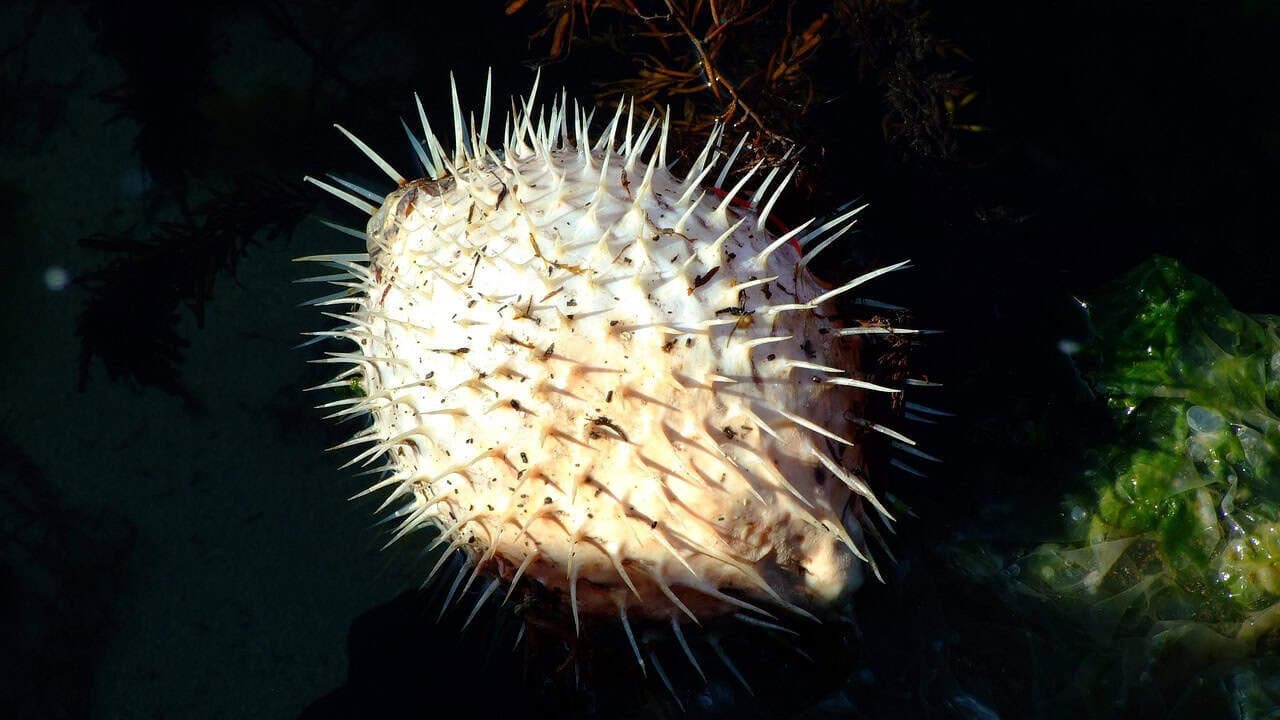
The pufferfish family (Tetraodontidae) encompasses approximately 150 species, and while all share the basic ability to inflate, there are notable variations in their specific methods. Freshwater pufferfish species typically inflate with water only, while some marine species can inflate with either water or air if removed from their aquatic environment. The degree of inflation also varies by species—some can increase their volume by over three times their normal size, while others achieve more modest expansion.
Variation also exists in inflation speed, with some species capable of full inflation in as little as 5 seconds while others may take up to 30 seconds to reach maximum size. The presence and arrangement of spines (technically modified scales) differs significantly among species as well. Some, like the notorious fugu pufferfish, display prominent spines when inflated, while others have reduced spines or lack them entirely. These differences reflect evolutionary adaptations to specific habitats, predator profiles, and ecological niches occupied by different pufferfish species around the world.
The Toxicity Connection: Tetrodotoxin and Inflation
Many pufferfish species are notorious for containing tetrodotoxin (TTX), one of the most potent neurotoxins known to science. This powerful toxin works in concert with the inflation defense, creating a multi-layered protection system. When a predator encounters an inflated pufferfish, not only must it contend with the increased size and potential spines, but it also risks severe poisoning if it manages to take a bite. The toxin is primarily concentrated in the liver, ovaries, and skin, though distribution varies by species.
Interestingly, pufferfish don’t produce tetrodotoxin themselves; they accumulate it through their diet and symbiotic bacteria. Some research suggests that the ability to store this toxin without self-harm evolved alongside the inflation defense, creating a complementary protection system. The combined deterrents of inflation, spines, and toxicity make pufferfish one of the most comprehensively defended fish species in the ocean. This toxic defense provides a crucial backup mechanism—even if a predator manages to overcome the inflation defense, the consequences of ingestion can be severe or fatal.
Inflation in Captivity: Issues and Concerns

When kept in aquariums, pufferfish may inflate in response to stress factors that wouldn’t typically trigger this response in the wild. Improper handling, sudden changes in water parameters, aggressive tank mates, or even the shock of being introduced to a new environment can cause captive pufferfish to inflate. Aquarium owners should understand that frequent inflation is not normal behavior and indicates something in the environment is causing significant stress to the fish.
Repeated inflation in captivity can lead to health problems for pufferfish, including damage to the elastic stomach lining, increased susceptibility to infections, and general weakening of the fish due to energy depletion. For this reason, responsible pufferfish keepers avoid deliberately triggering inflation and strive to create stress-free environments with appropriate hiding places, stable water parameters, compatible tank mates, and minimal handling. If a captive pufferfish inflates frequently without obvious external triggers, it may indicate underlying health issues or unsuitable living conditions that require immediate attention.
Inflation and Breathing: Respiratory Challenges
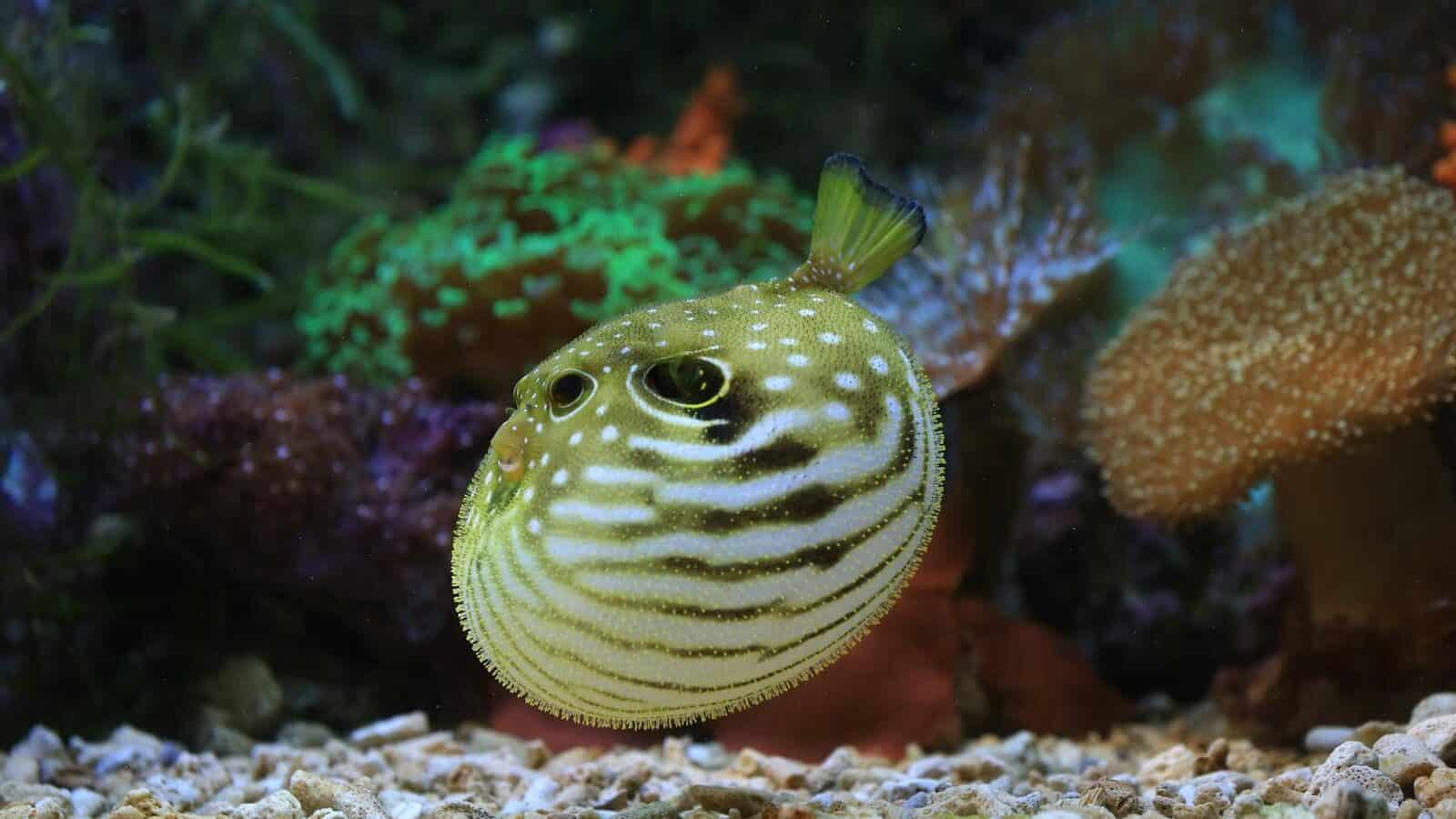
When a pufferfish inflates, it faces significant respiratory challenges. The dramatic expansion of the stomach compresses other internal organs, including those involved in respiration. During inflation, the normal gill function is compromised as the gill chambers are partially constricted by the expanded stomach. This reduction in respiratory efficiency means that inflated pufferfish cannot maintain normal oxygen uptake, creating a time limit on how long they can remain in this defensive posture.
Research has shown that oxygen consumption increases dramatically during inflation while the ability to extract oxygen from water decreases. This creates a challenging physiological situation where the fish needs more oxygen but has reduced capacity to obtain it. The respiratory strain explains why pufferfish deflate as soon as the threat passes—remaining inflated for extended periods would eventually lead to respiratory distress and potential suffocation. This respiratory limitation represents another reason why inflation is used only as a temporary, last-resort defense mechanism rather than a routine behavior.
Pufferfish Deflation: Returning to Normal
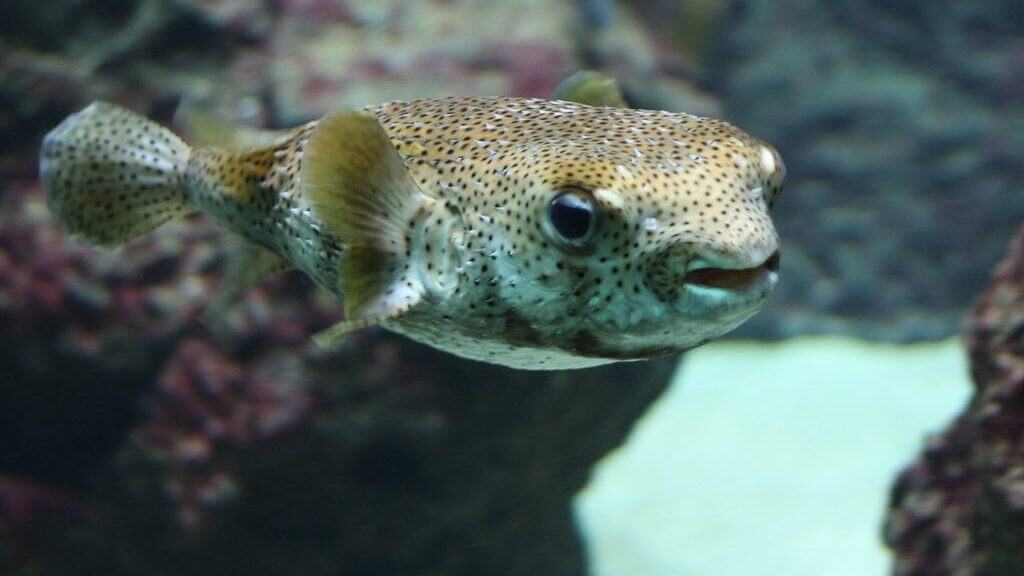
The deflation process is just as important as inflation but generally receives less attention. After the perceived threat has passed, pufferfish must safely and efficiently return to their normal shape. Unlike the rapid inflation process, deflation typically occurs more gradually. The fish relaxes the muscles that have been keeping the esophageal valve closed, allowing water to exit through the mouth and gill openings in a controlled manner. This controlled release prevents damage to internal organs that might occur with too rapid decompression.
Complete deflation usually takes between one and five minutes, depending on the species and how fully the fish had inflated. During this recovery period, the pufferfish may appear somewhat sluggish as it reorients to its normal swimming configuration and recovers from the physiological stress of inflation. The tissues of the expandable stomach gradually contract to their resting state, and blood flow patterns normalize. Most pufferfish will seek shelter during this vulnerable transition period, as their defensive capabilities are temporarily reduced while they recover from the energy-intensive inflation episode.
Scientific Research on Pufferfish Inflation
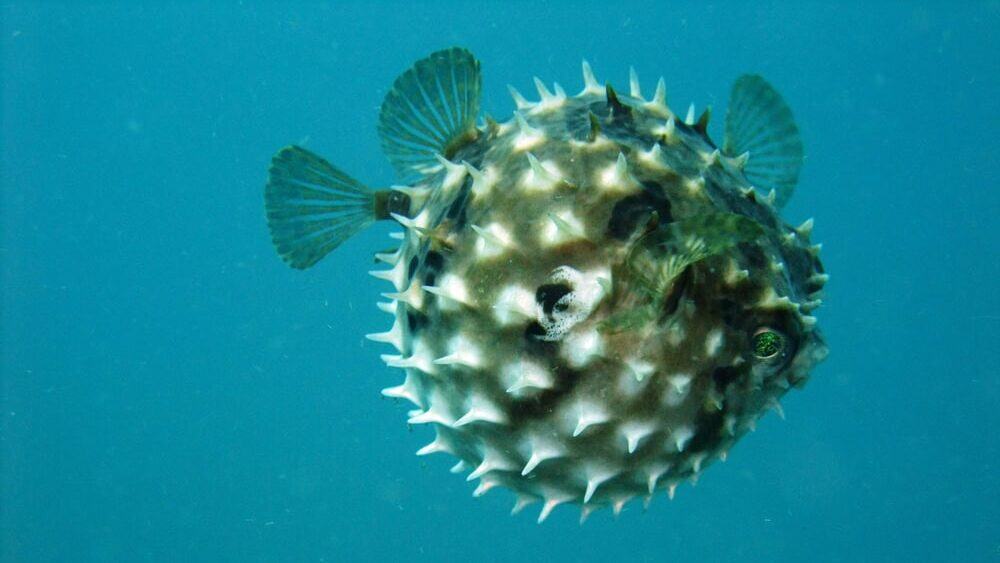
The unique inflation mechanism of pufferfish has attracted significant scientific interest across multiple disciplines. Biomechanical researchers study the structural properties of the expandable stomach and skin to understand how these tissues can undergo such extreme, rapid stretching without damage. The principles discovered may have applications in materials science and medical device development, potentially inspiring new expandable structures or surgical implements.
Neurobiologists investigate the sensory and nervous system components that control the inflation response, seeking to understand the rapid signal processing that allows such a coordinated, complex action to occur almost instantaneously. Evolutionary biologists examine the genetic basis for inflation abilities, tracking how this trait developed and diversified across pufferfish species. Additionally, toxicologists study the relationship between tetrodotoxin accumulation and inflation capabilities, exploring how these complementary defense mechanisms evolved together. Through this multidisciplinary research, scientists continue to uncover the remarkable complexity behind what appears, on the surface, to be a simple defensive behavior.
The ability of pufferfish to transform from streamlined swimmers to intimidating spiny spheres represents one of nature’s most remarkable defensive adaptations. This complex mechanism, involving specialized anatomy, coordinated muscle actions, and instinctual responses, has evolved over millions of years to create an effective deterrent against predation. The inflation defense exemplifies nature’s ingenuity in developing solutions to survival challenges, creating specialized adaptations that allow species to thrive despite vulnerabilities.
Beyond its biological significance, pufferfish inflation captures human imagination due to its dramatic visual impact and apparent defiance of normal bodily limitations. The combination of inflation ability with tetrodotoxin defense creates a multilayered protection system that few other animals can match. While this defensive strategy comes with significant physiological costs—energy expenditure, respiratory compromise, and temporary vulnerability during recovery—its evolutionary success is evident in the continued global presence of pufferfish across diverse aquatic habitats.
As we continue to study these fascinating creatures, they remind us that nature’s solutions to evolutionary challenges often involve complex trade-offs and specialized adaptations that may seem improbable until we observe them in action. The pufferfish stands as a testament to the extraordinary diversity of survival strategies in our oceans and the endless capacity of evolution to produce remarkable, specialized adaptations.
- 10 Record-Breaking Animals That Hold the Title for Biggest, Fastest, and Strongest - August 15, 2025
- What Makes Pufferfish Inflate? - August 15, 2025
- Meet the Bee Hummingbird: The Smallest Bird Alive - August 15, 2025

